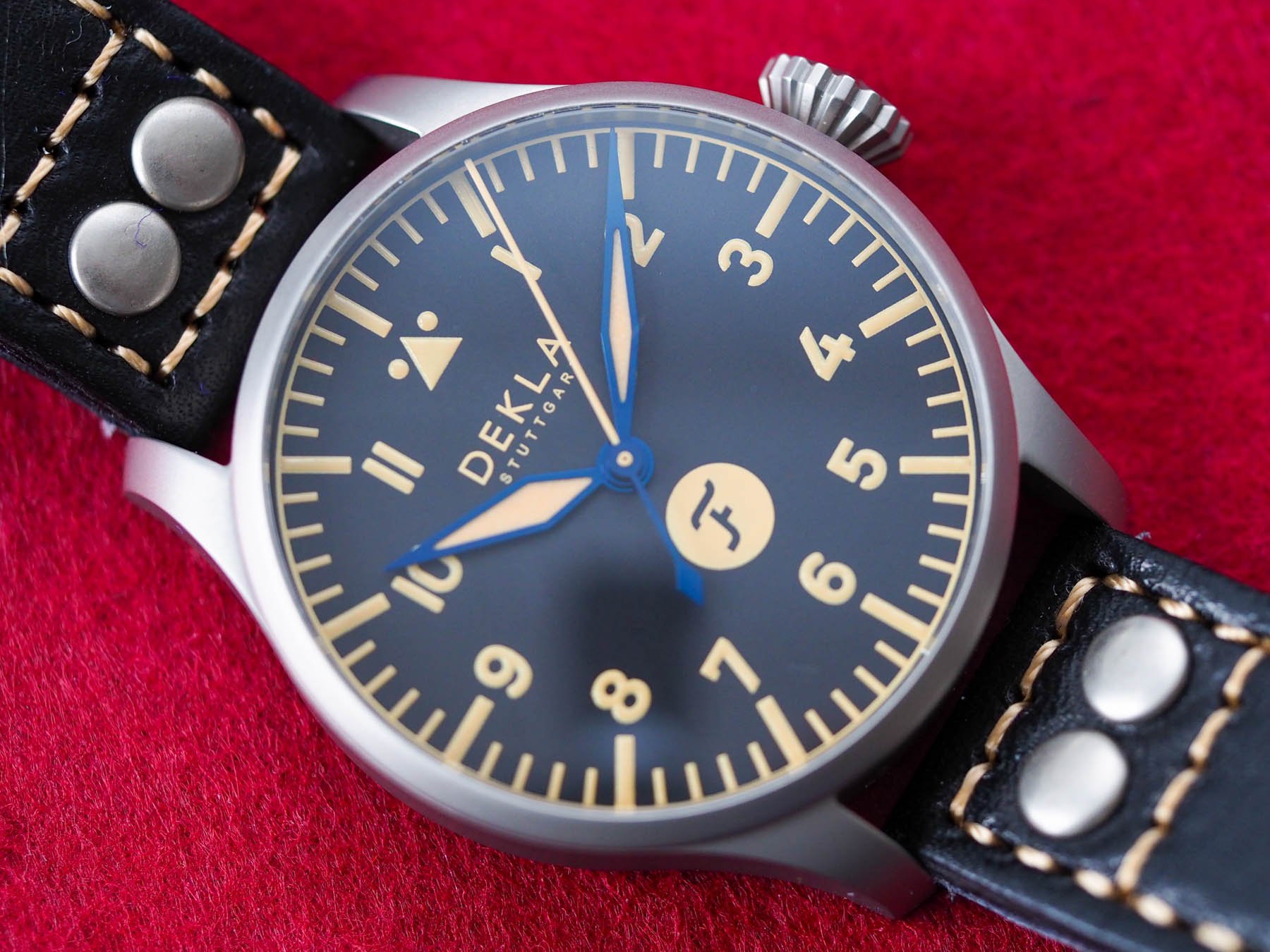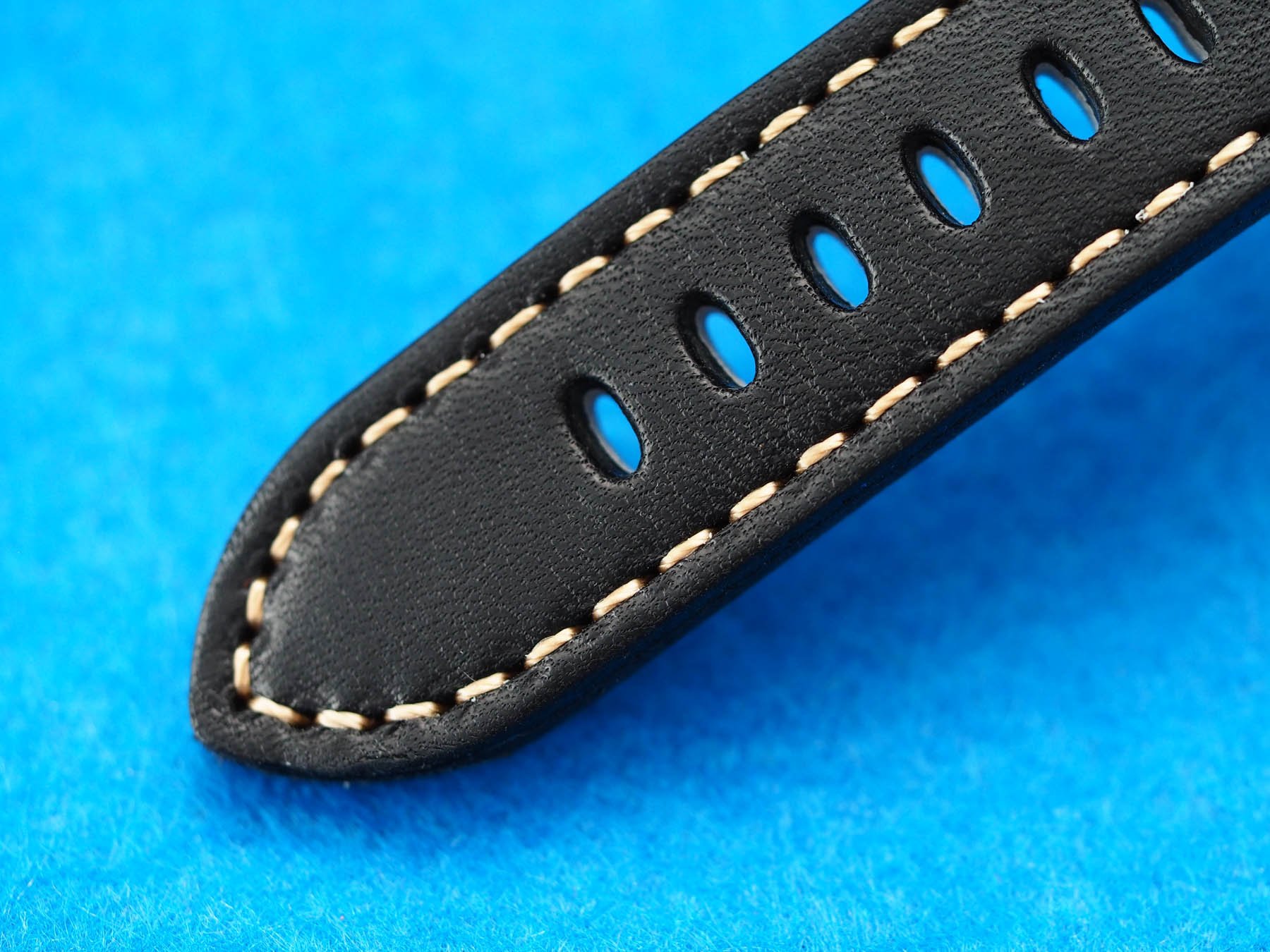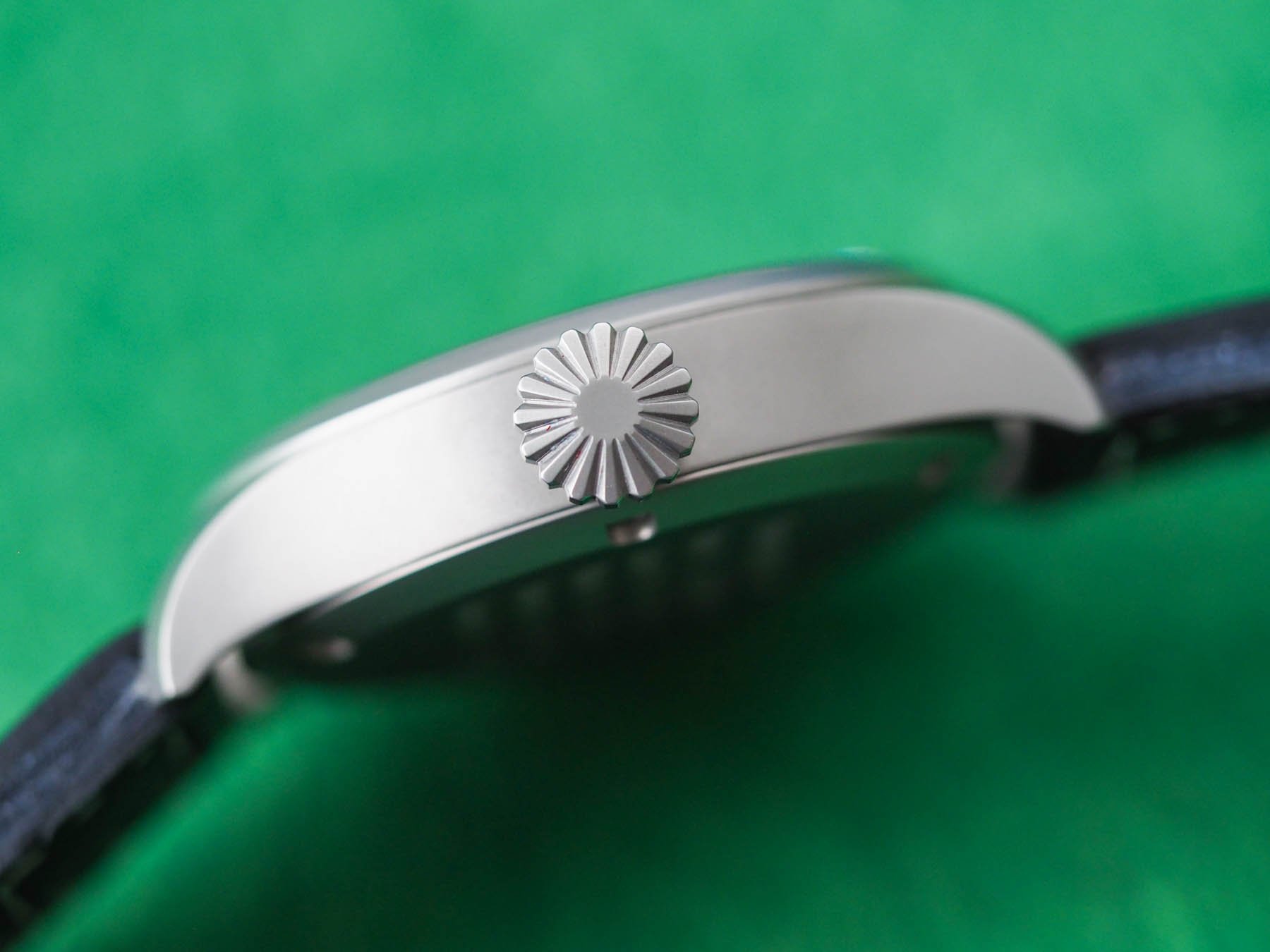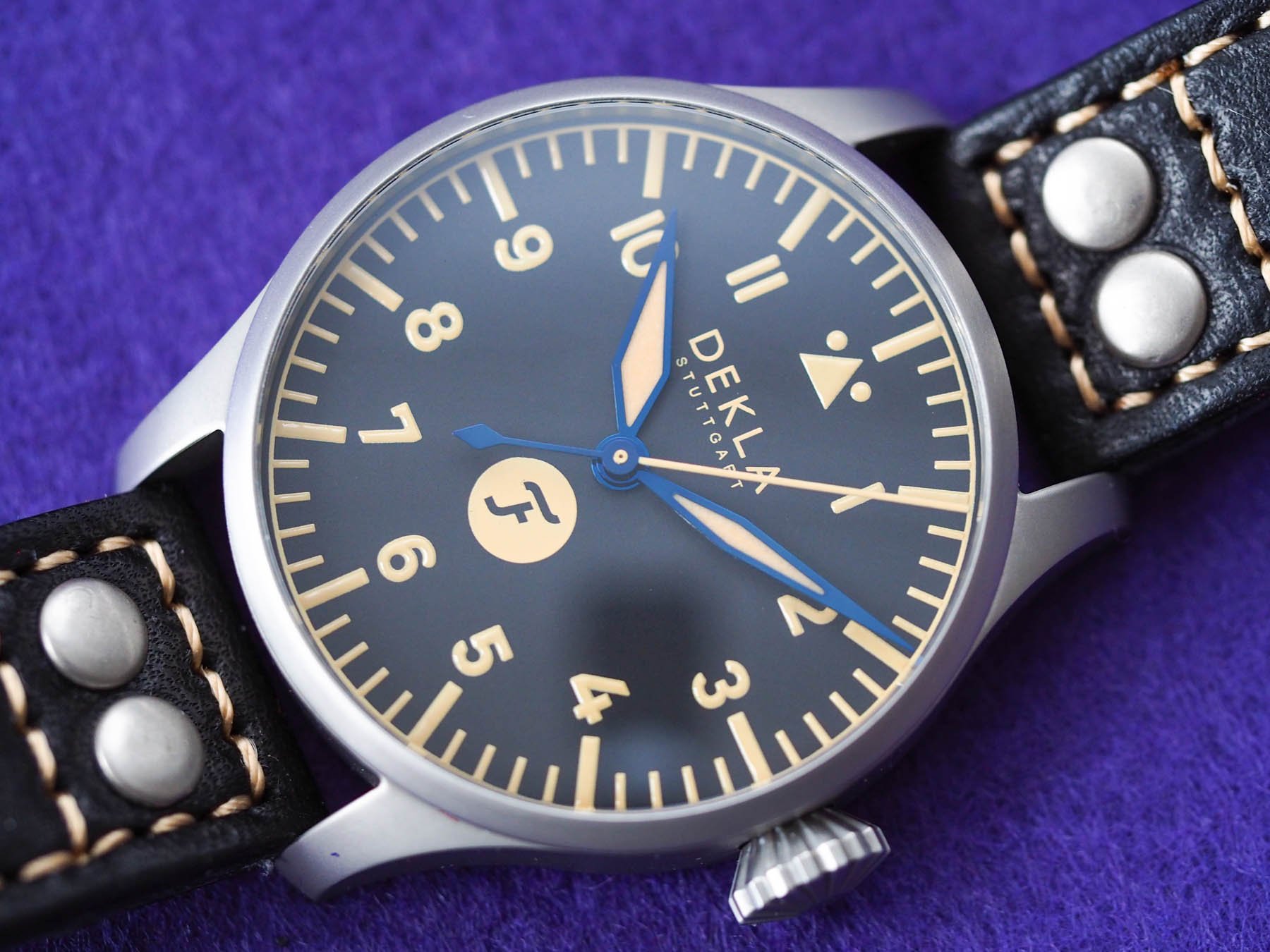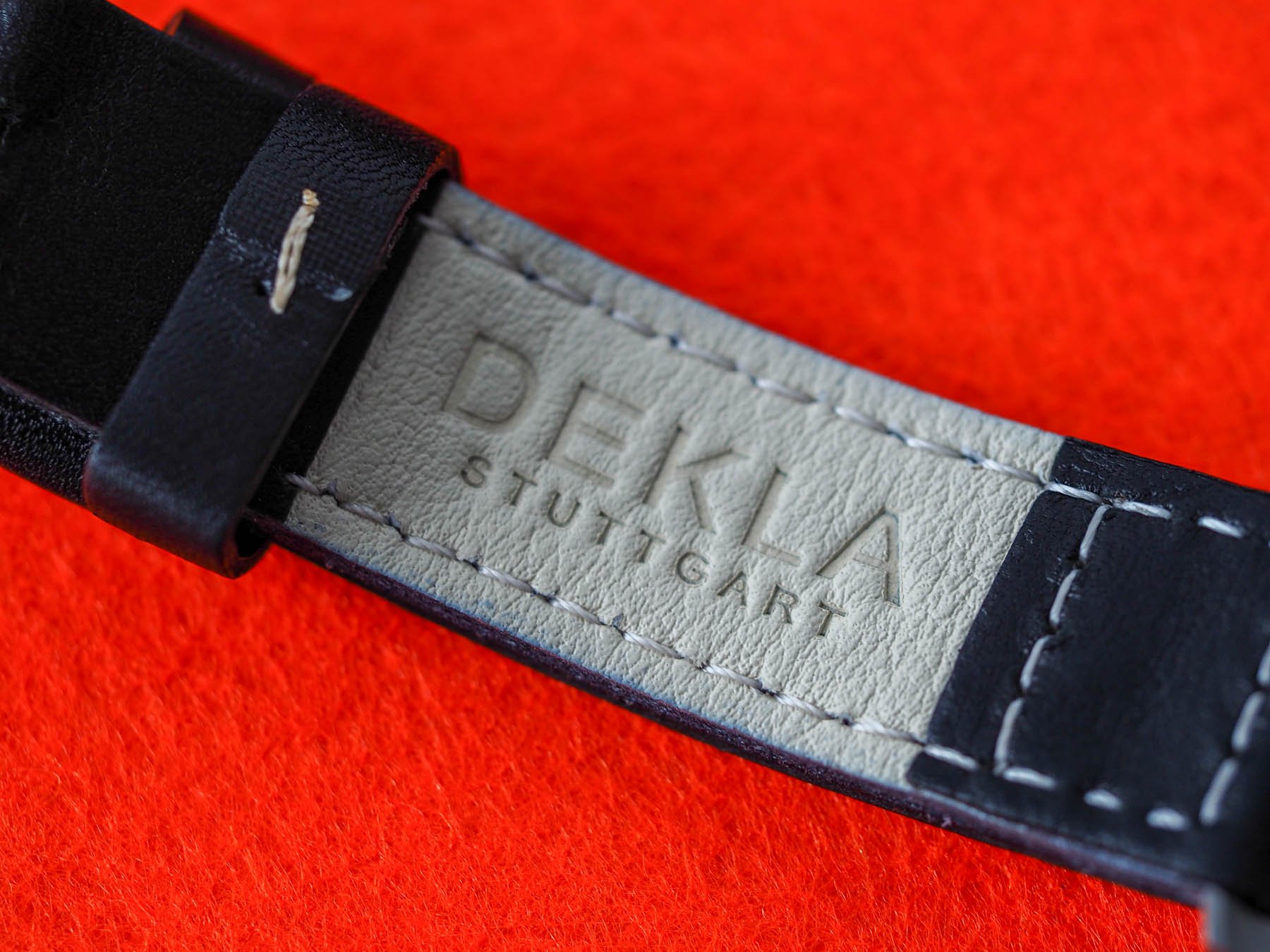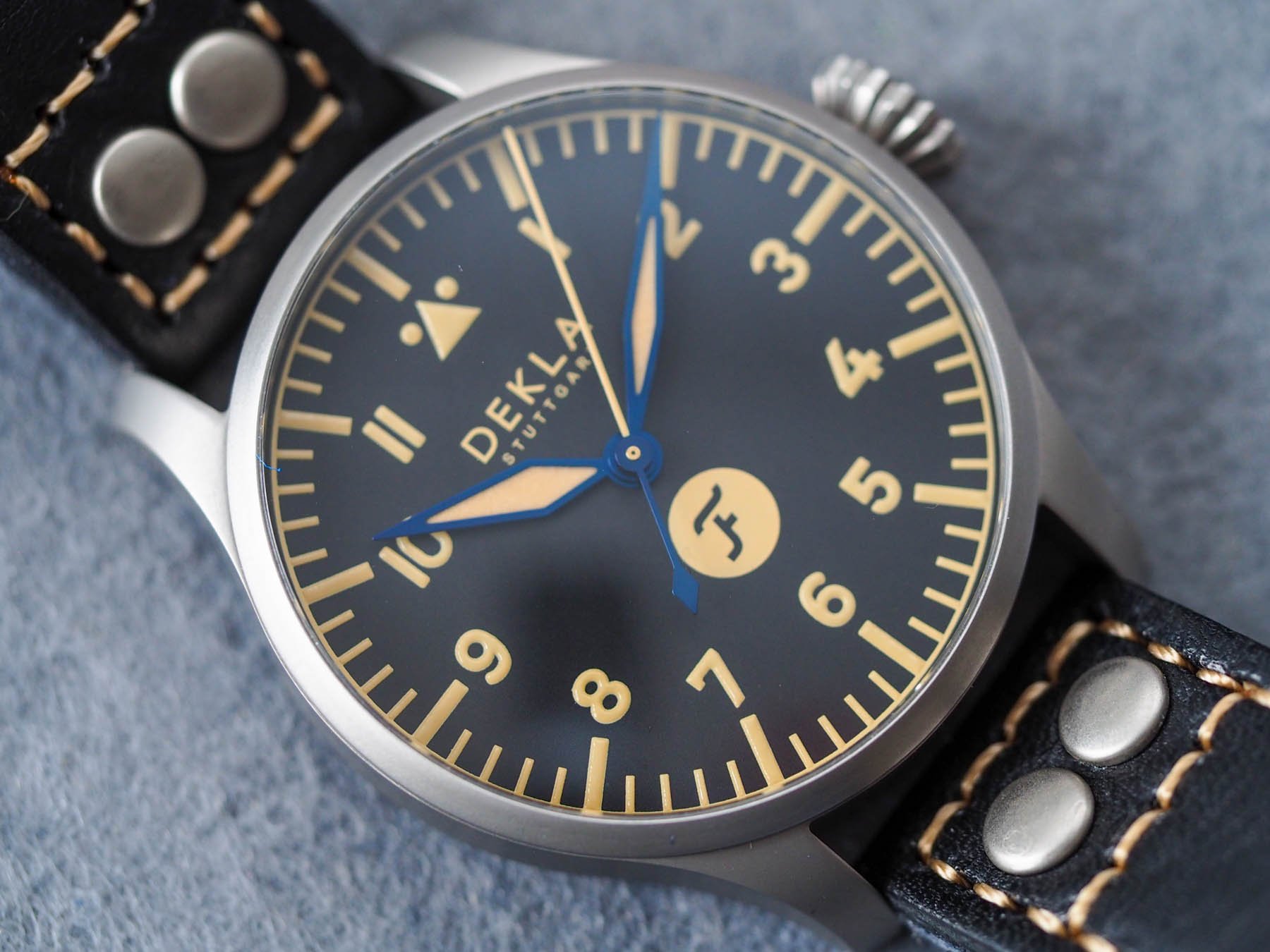Giveaway Winner Decided! Who Takes Off With A Dekla Pilot Watch On Their Wrist?
Hi and hello dear watch lovers. After a few weeks of pondering, I have finally made my decision as to which one of you should receive the totally unique Dekla Flieger pictured in this and the previous article. Warning: get your smart trousers before you read this article as some of the Fratelli’s answers were brain-boggling, to say the least…
As usual, I picked my favorite responses to share with you. I hope you enjoy the top six as I saw it, and please feel free to continue the conversation in the comments section below. Check out the initial article here and don’t forget to visit the official Dekla website here, where you can design your own vision of pilot perfection…
CAPTBRANDO
When looking forward, we can also glance over our shoulder and review at least one iconic example, the corporate branded Air King. The Domino’s one probably being the most famous, but there is a Winn Dixie and Coca-Cola branded Air-King as well. They are rare and collectibles in their own rite, and if there is a great story behind the watch the collector will proudly wear or display the piece.
Customization can dilute the brand, depending on the partner/brand/whatever bringing the specific customization. Patek’s Tiffany Blue 5711 certainly does not, but I wouldn’t expect Patek to open up customizations to anyone (I suppose everyone has a price, but I would imagine their’s is substantial). I wouldn’t expect Rolex or Omega to open back up outside of limited edition watches that are done in conjunction with events or movies, but smaller brands (I’d include Doxa, Mido, Oris, with Dekla) could create interesting niches and pieces that collectors will cherish.
PAUL
I for one like customization because my taste and another WIS will be different. I don’t like Fauxtina or Rivets for the most part. As a brand it is a win/lose situation. A win in that it helps the customer get what they want and expands the reach of potential buyers. The lose depends on their level of customer customization, if it is too wide, they could end up in overstock of parts and WIP (work in progress). Also having too much customization could overwhelm the fan base. I’m glad I don’t have to run a company.
BENNY YOUSSEF
Coming from the education field, curriculum and assessment has been leaning heavily toward student autonomy and choice. But why? When students choose and own their choices (in terms of classes taken, books read, major project topics, etc.), they are engaged in a way that is often diminished when their intellectual freedom and curiosity are taken away.
But what the heck does this have to do with watches, you might be asking yourself?
Autonomy and choice are transferable! You know the feeling: you are up late at night browsing the forums, browsing the usual suspect WIS websites. You see a new release by a microbrand, or by a well-established maison. You begin to check boxes in your head: lug to lug, diameter, movement, bracelet, clasp, indices, lume color, brushed or polished. More often than not, one or two of those boxes remained unchecked. You might whisper in your mind, as if to convince yourself, only 50m of water resistance…well I don’t dive, so it’s fine, or they polished the bezel! Why would they do that? I need this watch as a tool watch, not as a scratch magnet, but I’ll be extra careful. I could make it work!
Making it work just doesn’t cut it, especially when you are spending hours researching and hundreds or thousands of dollars purchasing said timepiece.
And yet we buy watches that are “nearly” perfect for us, but after a while those unchecked boxes that we so convinced ourselves we would be able to get over begin to nag at us–a dull tooth-ache-esque pain that mocks us every time we put these new toys on our wrists. Sometimes we bond with the watch and it remains a staple in our collection, despite the clasp, despite the slightly large diameter, despite the 38 hours of power reserve. Other times we can’t get over the perceived imperfections, and so we flip and purchase the next watch, keenly aware of the fact that if we wanted this watch again, there would be hundreds for sale at a preowned discount. This watch, after all, wasn’t made uniquely for us. Flip it!
But when we can customize a watch, choose its diameter, its finishing, the color of the dial and hands, the bracelet or strap, engraving, movement choice and movement finishing, and so on and so forth, we create something unique to ourselves. These watches become representations of our horological tastes. The bond is stronger, and we are much less likely to find “issues” with the watch. Of course, there will always be people who get tired of watches and just enjoy the thrill of buying and selling, constantly refreshing their collections. But for the one or two watches that I’ve customized on my horological journey, I find that they are staples of my collection that will never be moved. I will one day pass them down to children and grandchildren, boasting that these timepieces were built uniquely for me, customized to my exact tastes and preferences.
Not to sound too much like a teacher, but the great poet and philosopher Emerson once wrote, “To be yourself in a world that is constantly trying to make you something else is the greatest accomplishment.” Timepieces have long been representations of taste, fashion, and personal accomplishment. Having the ability to customize a watch to our unique tastes and aesthetics is, I believe, the ultimate manifestation of what this hobby is all about for so many of us.
AGNAR
Okay, here is my train of thought. First off, you ask if it can hurt the brand if done poorly; everything done poorly will hurt the brand! Whatever you do, do it properly!
Now, brand offering customizations is a good thing, and if you have decided to build your brand DNA around this then it is a world of possibilities to explore like changing dial layout, handsets, adding a script or image to the dial, or case engravings.
Customization would not work for all brands, that for example have a very strong design DNA, like Rolex.
There is definitely a market for both, but I don’t think a brand could pull off both concepts with success.
Enjoy the festive season my fellow watch nerds!??
STEVEF
I think customization is great for the customer. There’s no reason why a brand shouldn’t give you the option to configure a watch with other components the brand already stocks, assuming it’s an easy drop-in. Good examples of this are mixing and matching bezels on dive watches (which Damasko and Formex have done in the past and Laco just started) or offering different shapes or color hands (also Damasko). This sort of thing may be difficult for a brand that mass produces watches in large batches, but shouldn’t be too hard for a brand that produces watches on-demand from existing parts or in small batches to do. After all, you’re just pulling parts off the shelf when assembling the watch, so as long as the brand has the non-standard parts available on the shelf to choose from, there’s no harm.
More involved customization, such as different case finishes, case materials, dial printing, or even dial colors is even better for the customer. It’s a great way to make the watch truly yours or build something greater than what the brand thought to offer. The problem is what this does to lead times. Small high-end brands like Dornbluth can do that level of custom work pretty easily since they’re producing very small volumes of watches per year and most of them are made to order. They’re also selling at a high price to justify the extra labor and inefficiency in manufacturing you get when you’re custom making everything. Dekla is willing to do this level of custom work for customers at a much lower price point. They deserve all of the applause in the world for taking on the burden and giving customers a nearly blank canvas to work with, but I’m honestly not sure how they do it. I imagine that as their volume grows, they won’t be able to offer the level of customization they do now without charging an arm and a leg for it.
I keep telling myself I should buy one customized while I still can (though I’d have to go through WatchBuys in the US, which complicates things slightly). Perhaps that will be a goal for next year.
Also, if Dekla is reading this comments section, I’d love to see a smaller Deck Watch. I’m not sure how readily available ETA 7001s are, but a run of 35-36mm Deck Watches with the silver dial would be fantastic. Making the 40mm Deck Watch as compact as it is is an amazing piece of work, but the watch can only be so small with a Unitas inside.
STAGEPEN — The winner!
I would love to make a strong argument either way, however, I think that the level of customization is an overall positive effect for the brands that partake of this strategy because it creates something unique and hopefully fitting a customer’s specific need.
Like all design elements from food to the very words we use to communicate reflect a choice that is made and the results of those choices have effects. I know that is an obvious thing to say, but I’m simply laying the foundation of how those effects reflect the choices that we often can’t ask about. Is the customization creating enhanced legibility for a functional tool watch? Then it was successful because it performs the function the design is pointing to, which all aligns. The issues come into play when the results are not inherent, or choices are made in a vacuum due to the size of the manufacturer (we’ve all seen what happens when companies compartmentalize too much). The reflections of these design elements come down to a personal preference, but there are clear signs of certain brands making a ‘customization’ that doesn’t change anything which leads me to think of cash grabs while artificially controlling supply *cough*. The other side of that coin are the micro brands making exceptionally clear choices because their success depends on it.
Now here’s where my comment goes off the rails because working in aerospace, every single screw is measured, considered, cleaned, written about, installed, and then hopefully you planned well enough to survive space (I also studied philosophy and you gave me a chance to pontificate so this isn’t entirely on me). The four layers of meaning we all know are function, form, symbol, and simulacrum. A cup works because the negative space holds what you put in it, that’s why you have a cup. If the cup has a hole in it, you can’t use it as a cup, but it is a cup. If I give you a drawing of a cup, we all know it’s a cup, but it in no way can be used as a cup. If I say, “my cup runneth over,” you would know that there isn’t a cup present, don’t expect one, and this guy brags a lot. Throughout we have cups, but the layered definition and merge of form and function created a nuanced definition of cup that precisely zero people asked me about.
So how does this relate? If a watch tells the time, it’s a watch, but if that was the purpose then why are we in the weeds of the best watch magazine ever (I’m not above pandering). Because we are layering our expectations of the watch itself, sure it tells time, but what is the form of it taking? How does it look? Does it change the established shapes of watches by doing away with the hands in the manner of a Mr. Jones? Does it strip away form and expertly deliver function in the manner of a Hamilton field watch? Does it pay homage to the artists that craft these pieces by respecting established forms in the manner of Patek? I can’t answer these questions and there are examples of great watches in different fields delivering on the choices that are reflected in the design.
Hence, I think overall it is a good thing because it’s addressing a choice made by either the person, company ethos, or material, but it can easily slip if you see a quick custom option after the release of a flagship that maybe didn’t do well.

